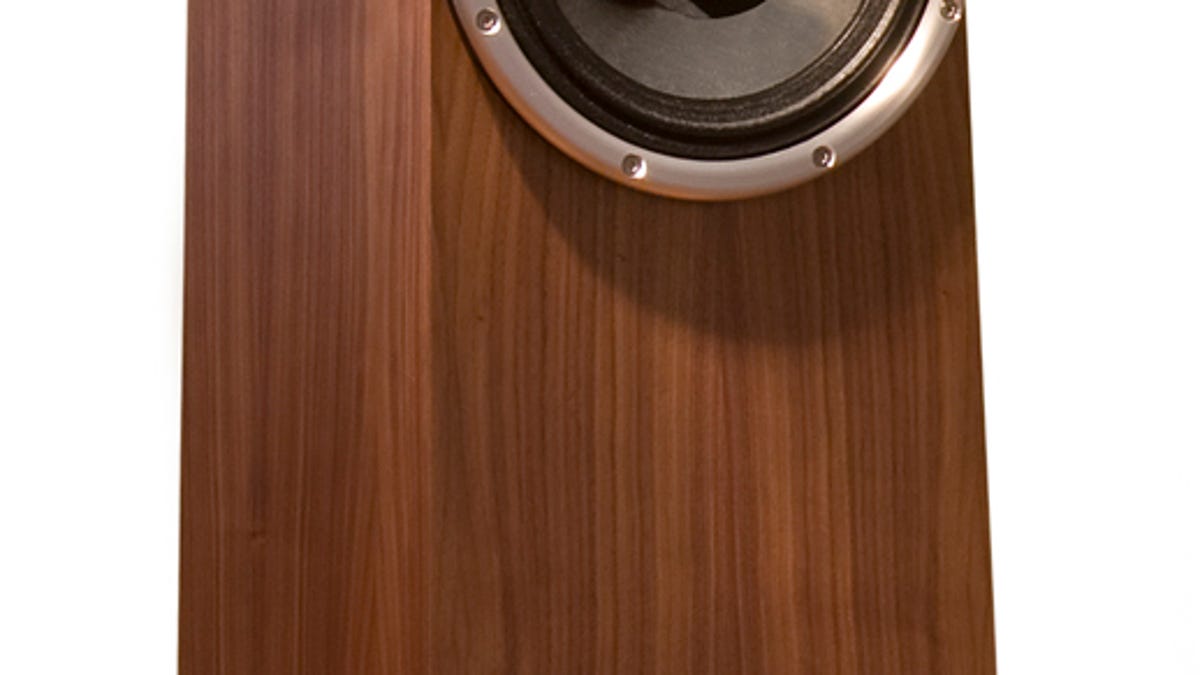Zu Soul: An American-made world-class speaker
America is a world leader in high-end audio design: witness the Zu Soul.

We don't manufacture TVs, cameras, or iPods, but American products still dominate the world market for upscale audio. Take Zu Audio. Founded at the beginning of the century, it's based in Ogden, Utah, and its speakers are sold all over the world. I recently wrote about the company's Soul Superfly speaker for Tone Audio Magazine, and you can read the complete review there.
One of the things that first attracted me to Zu was that its design methodology is more musical and less measurement-oriented than most, which is not to say Zu's engineering is completely seat-of-the-pants, just that the end result is a sound that is, well, different from what I was used to.
I've used a number of Zu speakers in my system over the years, so I wasn't surprised to hear that the Soul Superfly ($3,000 a pair) sounded like no other box speaker. The speaker makes a strong statement, very in-your-face, very rock and roll, and I love it.
Since all Zu speakers feature a 10.3-inch full-range driver that covers bass, midrange, and well up into the treble, Zu speakers don't have crossover networks, so your amplifier directly plays the driver without an inductor, capacitor, or resistor in-line. That direct-coupled strategy yields all sorts of sonic dividends. The Soul Superfly's immediacy and vivid clarity are matched by few box speakers in its price class.
The Soul Superfly's 1-inch dome tweeter is mounted in a beautifully machined aluminum flared horn. It comes in at a very high frequency, 10kHz; while most tweeters on two- or three-way designs are crossed over much lower, typically between 1.2kHz and 4kHz. Zu's approach makes for a dramatic difference in the way the speaker puts sound in the room. Oh, boy, does it ever!
Zu designs are always superefficient, so they can rock the house with just a few watts. Don't worry, power handling hasn't been slighted, this bad boy can handle 300 watts! The Soul Superfly's unusually high 16-ohm impedance favors tube amps, so I used three: the Miniwatt N3 with 3.5 watts per channel, the Jolida FX10 with 10 watts, and a Luxman SQ-38u 30-watt integrated amp.
The Soul Superfly isn't all that big; it's 38 inches high and 12 inches square at its base. The MDF cabinet feels solid and the speaker weighs 50 pounds. Build quality is quite good, and the speaker is available in three standard textured finishes: Chocolate, Cosmic Latte (beige), and Cosmic Carbon gray. Other finishes are available on request.
Tonally rich and solid, the Soul Superfly has a weight that no other speaker anywhere near its price can muster. I credit the 10.3-inch driver's air-moving power, dynamic punch, and near full-frequency bandwidth for the speaker's gravitas.
The Jolida FX10 did a fine job goosing the Soul Superfly into action with the Black Keys' extra-raunchy blues. The Keys' latest, "Brothers," is a low-down romp, with massively distorted guitar and pummeling drums, so it's best enjoyed cranked way up, and that's where the Soul Superfly really comes alive.
The richest-sounding amp, the Miniwatt N3, was the least expensive, at $378. This tiny amp sitting on the floor next to the Souls looked almost comical. But its 3.5 watts sounded so sweet and clear, with a truly gorgeous midrange, and the bass was pleasantly full. Tone color and dimensionality were absolutely yummy. I could happily live with it and the Soul Superfly. Remember, this speaker is designed to sound best with tube amplifiers, but Zu makes other models, like the Omen Standard ($1,500 a pair), that really sing with transistor amps.

